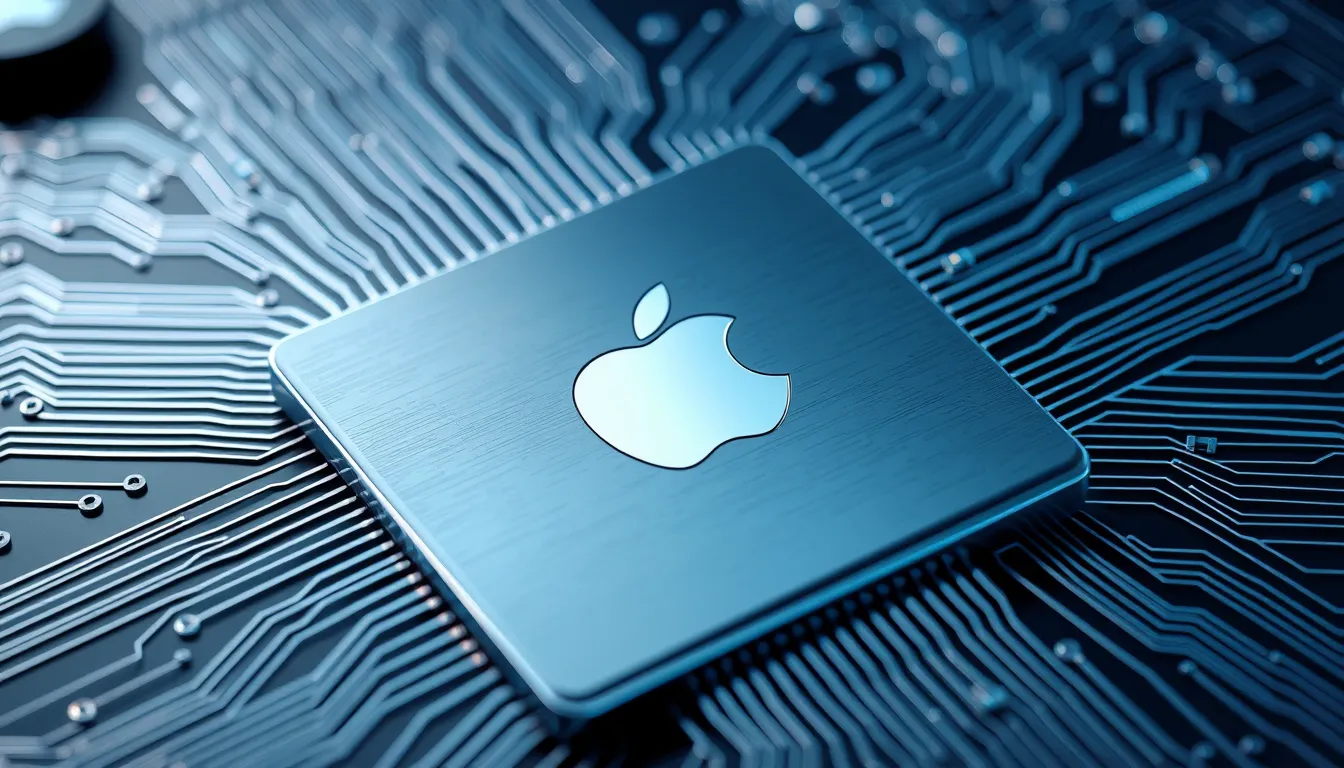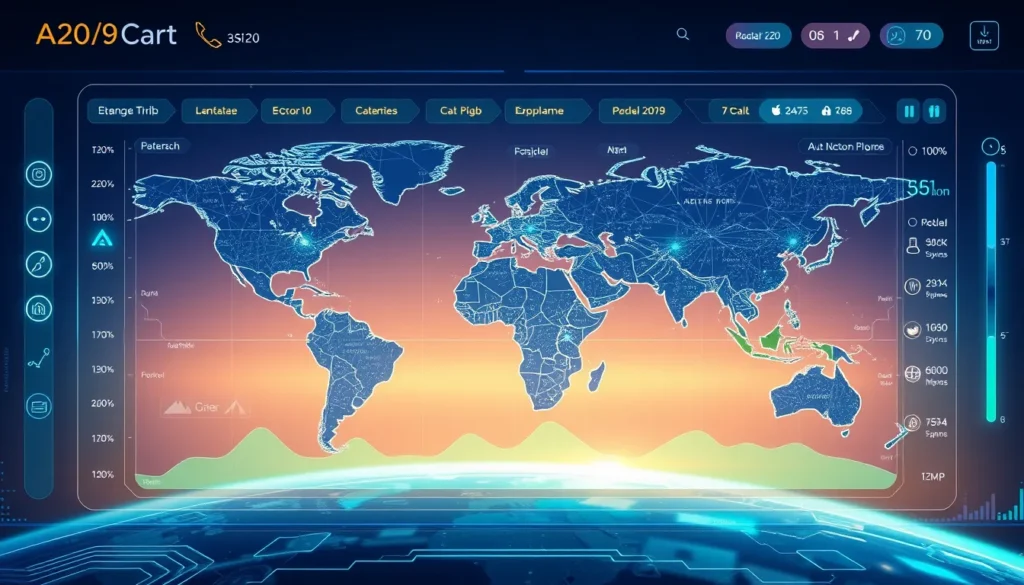Now Reading: Apple AI Chip Design: Driving Semiconductor Innovation Forward
-
01
Apple AI Chip Design: Driving Semiconductor Innovation Forward
Apple AI Chip Design: Driving Semiconductor Innovation Forward

Apple AI Chip Design: Driving Semiconductor Innovation Forward
Apple continues to push the boundaries of technological advancement with its pioneering approach in integrating artificial intelligence into its chip design process. The focus on Apple AI chip design is transforming not only chip architecture development but also the overall landscape of semiconductor innovation. In this article, we explore the technical breakthroughs, benefits, and future potential of this innovative direction.
Introduction to Apple AI Chip Design
In recent developments, Apple has signaled its commitment to embedding AI into its chip manufacturing process. This approach integrates sophisticated AI algorithms to automate key design stages. As a result, Apple is setting new industry benchmarks by enhancing chip performance, reducing power consumption, and shortening development cycles. By utilizing Apple AI chip design, the company is primed to deliver faster, more efficient, and energy-conscious chip solutions.
The Role of Advanced AI in Chip Architecture Development
Apple’s strategy to incorporate AI in chip design offers several advantages:
- Enhanced Design Accuracy: Utilizing AI for analyzing vast datasets of previous designs, Apple can predict design outcomes with remarkable precision.
- Reduced Human Error: The integration minimizes manual input, ensuring consistent quality and reliability in production.
- Optimized Energy Management: Advanced AI algorithms enable chips to manage energy consumption more effectively, resulting in better battery life and performance.
These improvements underscore the potential of AI-driven processes in redefining the standards in chip architecture development. Observers note that Apple’s commitment to AI chip design could revolutionize how semiconductor companies approach hardware innovation.
Deep Dive: Apple AI Chip Design Process
- Data-Driven Analysis: Apple collects extensive design data to train machine learning models. These models are used to predict the performance and potential pitfalls of new designs.
- Integration of AI Algorithms: Cutting-edge AI tools help in fine-tuning chip architecture, ensuring optimized performance and minimized risks.
- Verification and Testing: Continuous testing and iteration further refine the chip design, ensuring that the final product meets high standards of energy efficiency and performance.
Notably, the process also incorporates themes like semiconductor innovation and chip architecture development. By embedding these advanced techniques, Apple fosters an environment where innovation is at the forefront of every chip produced.
Benefits of AI-Integrated Chip Design
The benefits of leveraging AI for chip design are both broad and significant. Some of the most notable advantages include:
- Increased Efficiency: AI streamlines design workflows which reduces the time from conceptualization to production.
- Cost-Effectiveness: Automation leads to lower manufacturing costs, making high-performance chips more accessible.
- Superior Performance: Chips designed with AI insights tend to be more robust, with improved processing speeds and decreased thermal output.
- Eco-Friendly Production: Enhanced energy management means chips are not only powerful but also environmentally sustainable.
These benefits position Apple as a leader in semiconductor innovation and validate the importance of pursuing an AI-centric design philosophy. The combination of traditional engineering wisdom with modern AI capabilities results in products that excel in performance and efficiency.
Implications for the Semiconductor Industry
The shift towards Apple AI chip design has far-reaching implications for the broader semiconductor industry. As competitors observe Apple’s advancements, there is an increasing trend towards incorporating AI into chip architecture development. This strategy is becoming crucial for:
- Maintaining Competitiveness: Companies are investing heavily in AI to keep pace with innovation and market trends.
- Enhancing Product Offerings: Enhanced performance through AI integration opens doors for next-generation devices that meet diverse consumer needs.
- Driving Future Research: The successful implementation of AI in chip design encourages further research and development in this field, paving the way for groundbreaking innovations.
Looking Ahead
As Apple continues its journey with AI-driven chip design, the future looks promising. The convergence of AI, semiconductor innovation, and efficient energy management paves the way for smarter, faster, and more reliable computing devices. The Apple AI chip design initiative reinforces the company’s standing as a technological pioneer, aligning with its longstanding reputation for excellence and innovation.
For those interested in learning more about Apple’s innovations, visit the official Apple website at https://www.apple.com. Additionally, industry reports from leading tech sites provide deeper insights into the evolving trends in AI for energy management in chip design.
Conclusion
Apple AI chip design is more than just a technological trend—it is a revolution in how chips are conceived, designed, and manufactured. By incorporating advanced AI algorithms into the design process, Apple is not only bolstering its own capabilities but also setting new standards in semiconductor innovation. The benefits of reduced human error, enhanced efficiency, and optimized energy management signal a new era in chip architecture development. As the technology continues to mature, consumers and industry experts alike await the broad impact of these developments on future devices and applications. Embracing this blend of AI and engineering excellence, Apple demonstrates that the future of chip design is not only bright but also intelligently driven.
In summary, the strategic move towards Apple AI chip design integrates critical elements of semiconductor innovation and chip architecture development. It stands as an inspiring example of how AI can transform traditional processes and contribute to the next generation of powerful, energy-efficient computing solutions.

























